
Scientists hope samples from Hayabusa 2 will provide clues about origins of life on earth
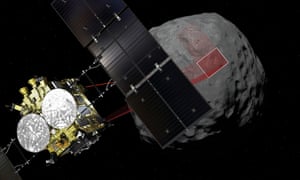
A Japanese spacecraft has “bombed” a speeding asteroid 187m (300m km) from earth in an attempt to retrieve material that could offer scientists new clues about the origins of life on the planet.
The Hayabusa 2 probe released the device – called a small carry-on impact – on Friday as it hovered 500 metres above the asteroid Ryugu, according to the Japan Aerospace Exploration Agency (Jaxa).
The cone-shaped impactor, fitted with a copper explosive the size of a baseball, was programmed to detonate 40 minutes after it was released, gouging a crater into the asteroid’s surface.
As Hayabusa 2 made a swift exit to avoid a collision with the asteroid or sustain damage from the blast, it released a camera above the site that should be able to capture images of the event.
It is not clear when the camera will be able to transmit the images and allow Jaxa to determine if the mission was successful.
The probe will return to the site after the dust and debris have settled to observe the asteroid’s surface from above and collect “fresh” samples from underground that have not been exposed to the sun or space rays.
If successful, it would be the first time for a spacecraft to take such materials. In a 2005 “deep impact” mission to a comet, Nasa observed fragments after blasting the surface but did not collect them.
A live webcast of the mission room on the southern island of Tanegashima showed Jaxa staff applauding as the probe successfully completed each stage of the most critical phase of its mission so far.
“We are excited to see what will happen when the impactor collides with the asteroid,” Takashi Kubota, an engineering researcher at Jaxa, said before the detonation.
Hayabusa 2’s Twitter account confirmed the spacecraft did not encounter any problems during the evacuation, adding in its most recent update that the mission was “steadily progressing”.
The size of the crater will depend on the composition of the asteroid’s surface – as many as 10 metres in diameter if it is sandy, and about 3 metres across if it is rocky, according to the space agency.
The asteroid is thought to contain relatively large amounts of organic matter and water from 4.6bn years ago when the solar system was born.
In February, Hayabusa 2 touched down briefly on the asteroid after a journey of more than three-and-a-half-years and fired a bullet into the surface to puff up dust for collection, before blasting back to its holding position.
The 30bn yen mission was launched in December 2014. Any underground samples that were dislodged during the crater’s creation will be stored onboard Hayabusa 2 until it reaches its landing site in South Australia in 2020.
Last September, Hayabusa 2 deployed two robots on the surface of Ryugu – named after an undersea palace in a Japanese folktale – that sent back dramatic video and still images.
The Guardian



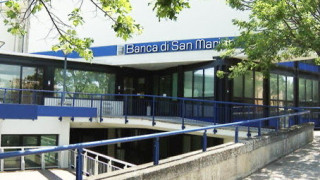
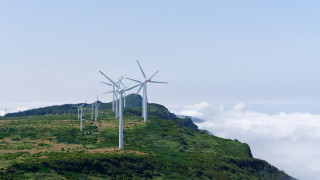
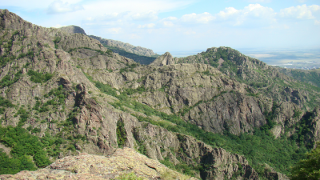
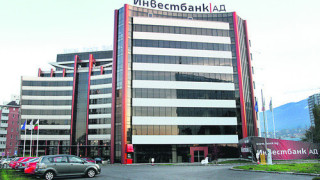
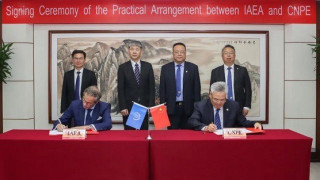

Leave a comment